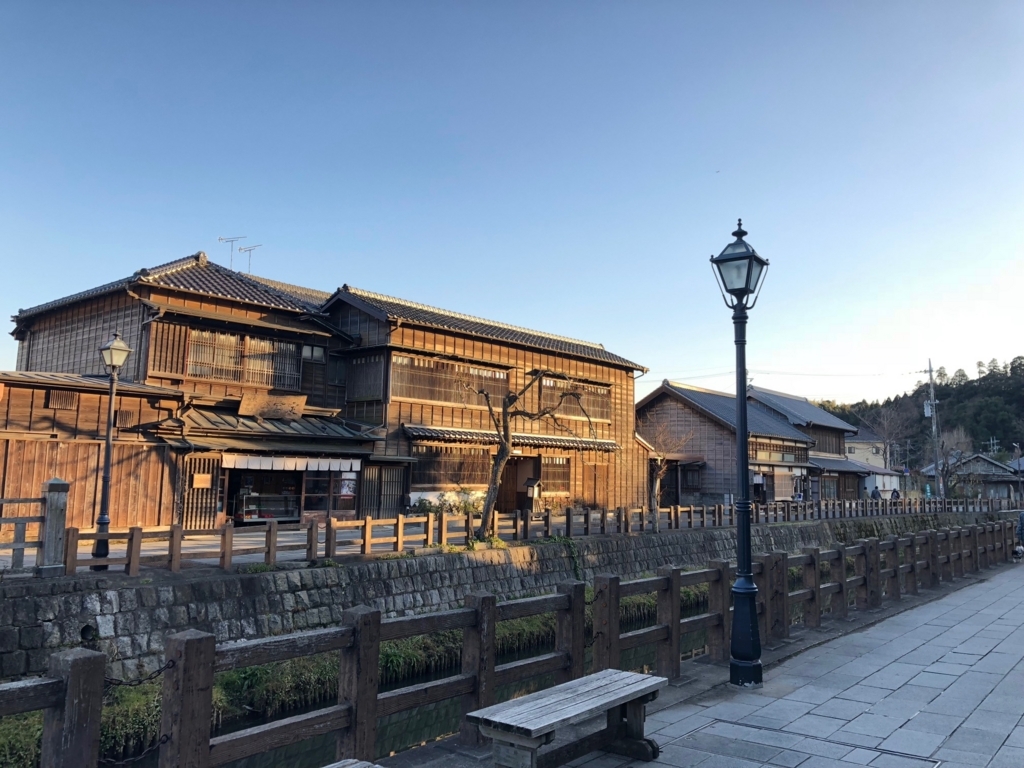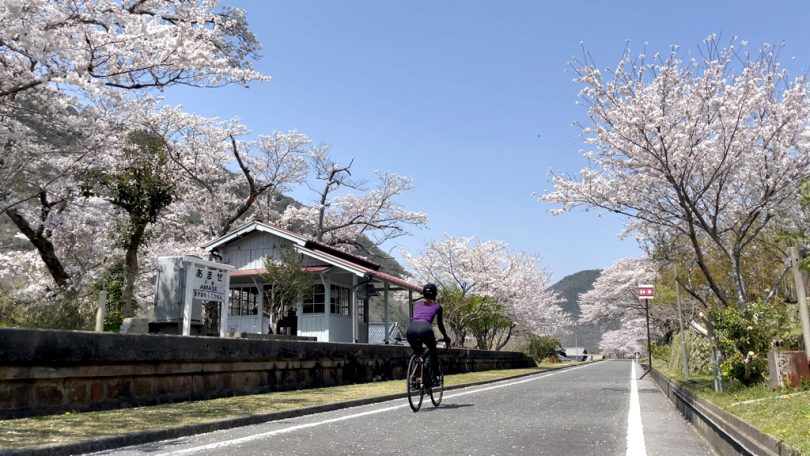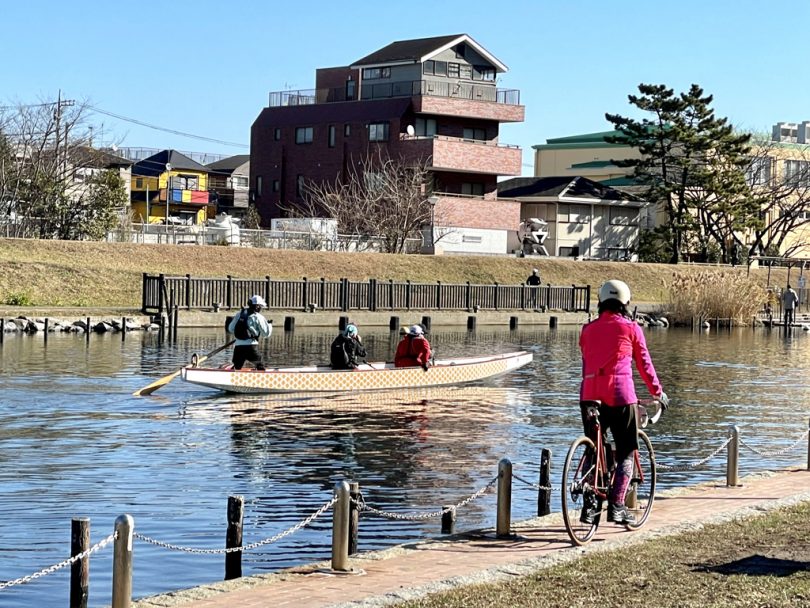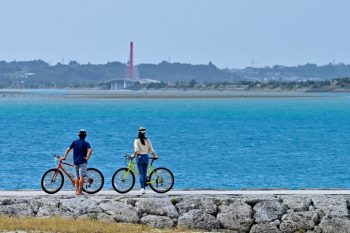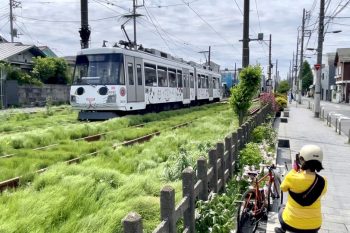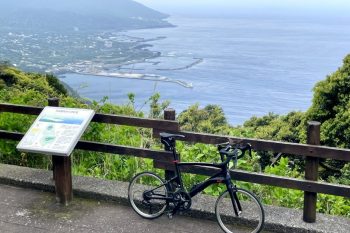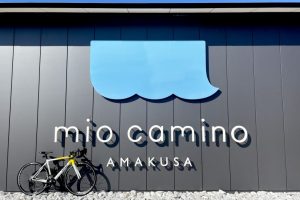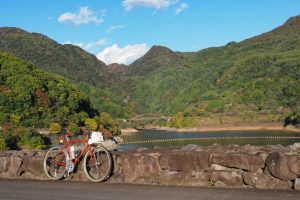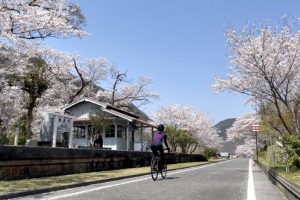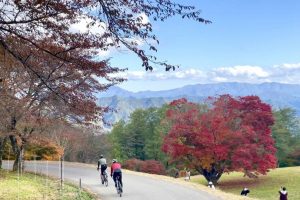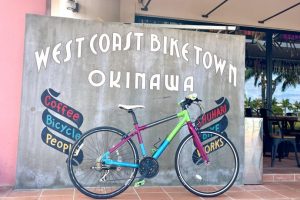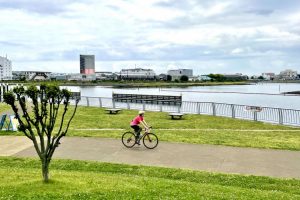A 15km cycling tour around the slopes and old townscape of Midori City on Jomo Electric Railway Cycle Train, which crosses the southern foot of Akagi Mountain from east to west using E-Bikes, “Akagi Cogbe” shared cycle. This is a comfortable cycling tour for beginners while also enjoying nature and gourmet food.

Contents
“Akagi Cogbe” is an E-Bike (cross-bike type electrically power assisted bicycle) shared cycle ideal for long-distance travel.
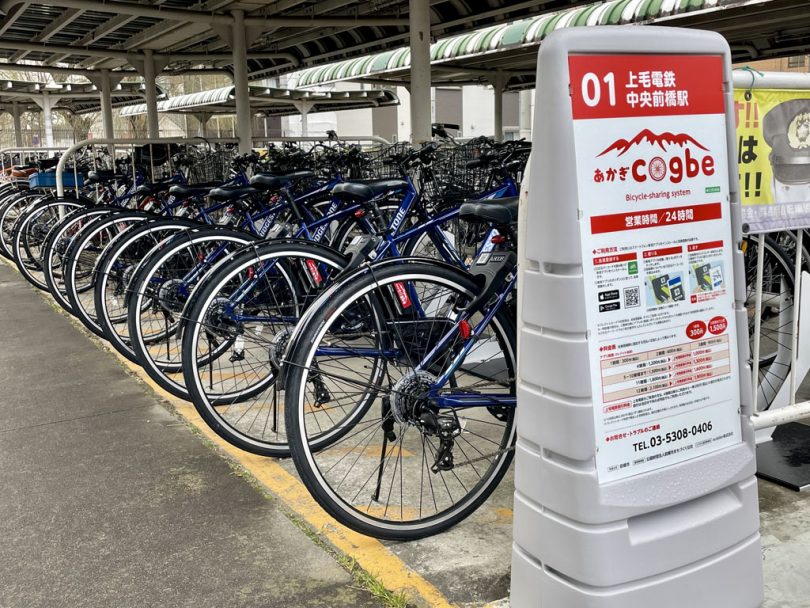
“Maebashi Shared Cycle Cogbe” is a shared cycle service that can be rented and returned at multiple ports in Maebashi.
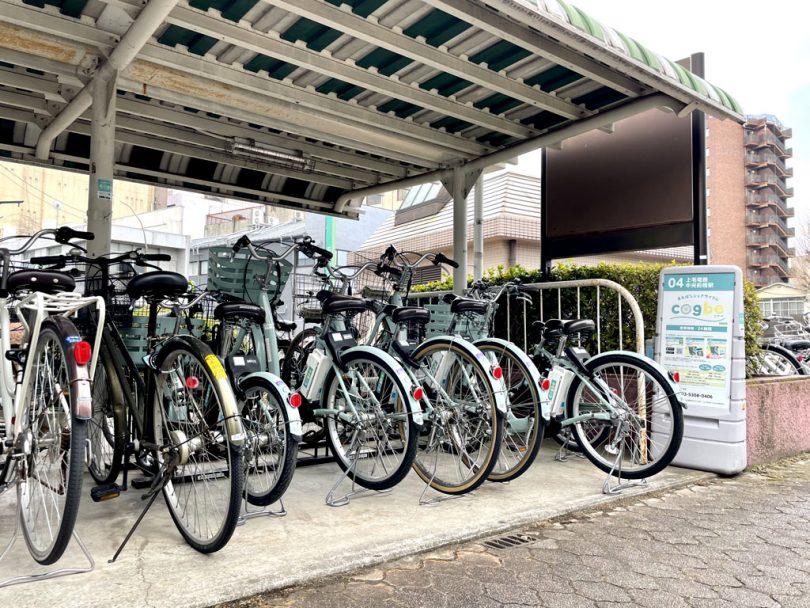
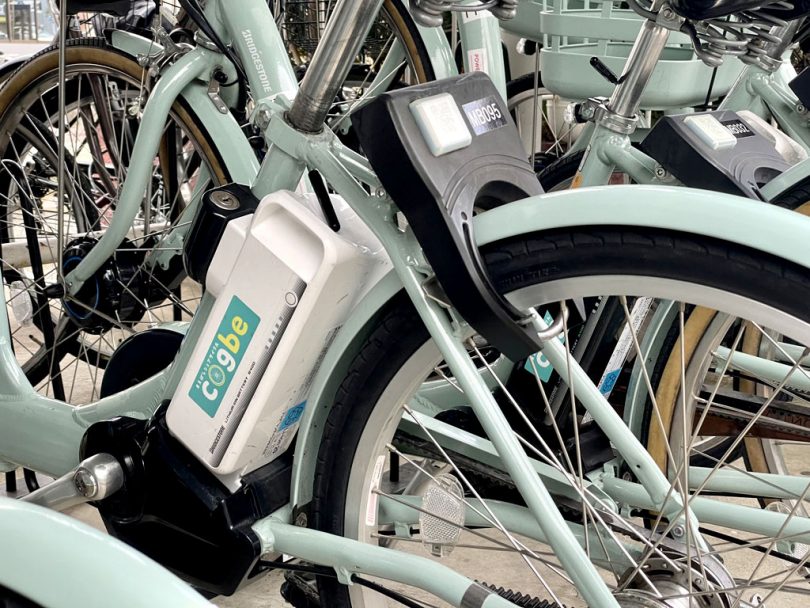
At Chuo-Maebashi Station, use Akagi Cogbe and take Jomo Electric Railway cycle train to Akagi Station.
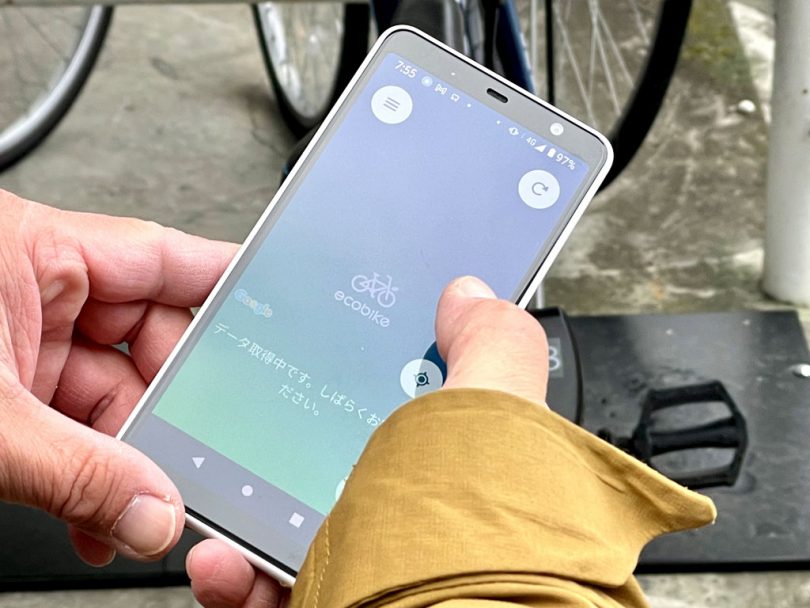
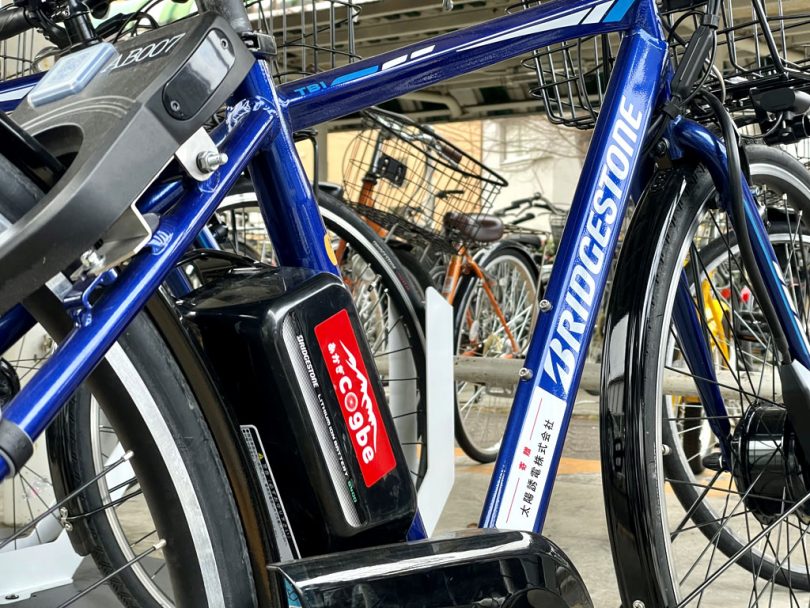

The bicycle (E-Bike) is a cross-bike type, with seven external steps and three assist modes: “Eco mode,” “Auto mode,” and “Power mode.” It is also equipped with “automatic charging while riding”, in which the motor is activated and automatically recharged while riding.
Jomo Electric Railway Cycle Train
Jomo Electric Railway is a railroad line running 25.4km between Chuo-Maebashi Station (Maebashi City) and Nishi-Kiryu Station (Kiryu City).
In 2003, a “cycle train” was implemented on a trial basis, allowing passengers to bring their bicycles on board for a train fare only, and full-scale implementation began in April 2005.
Now, more than 40,000 bicycles are used annually, mainly by local residents, for commuting and shopping on weekdays and for leisure on weekends.
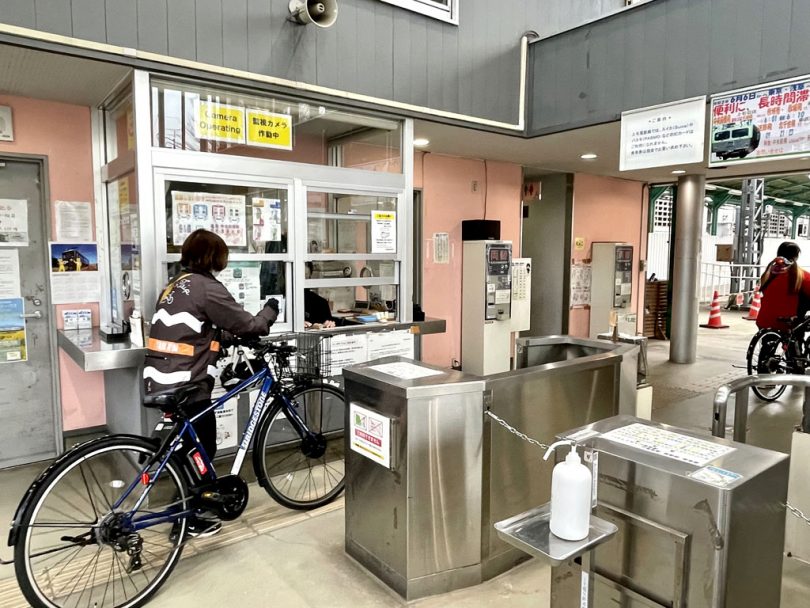

The train consists of two cars, with the rear car being the one that allows bicycles to be brought on board.
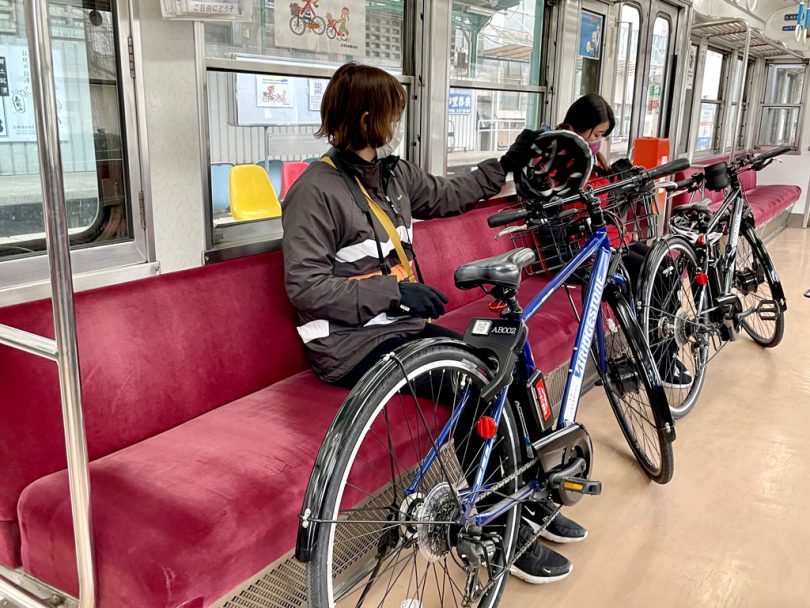
Cycling Starts at Akagi Station
Take Jomo Electric Railway train from Chuo-Maebashi Station to Akagi Station in Midori City, about 40 minutes away. The station is connected to Jomo Electric Railway Jomo Line and Tobu Railway Kiryu Line.
Get off the train and start cycling from Akagi Station.

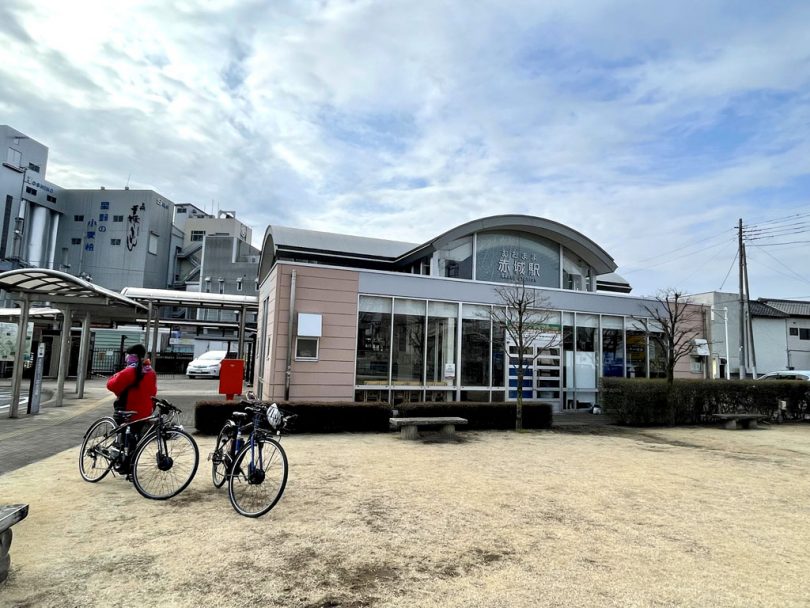
About 1km north of Akagi Station is Omama Station on Watarase Gorge Railway’s Watarase Gorge Line.
In front of the station, a retired train car from the time of its opening is on display.
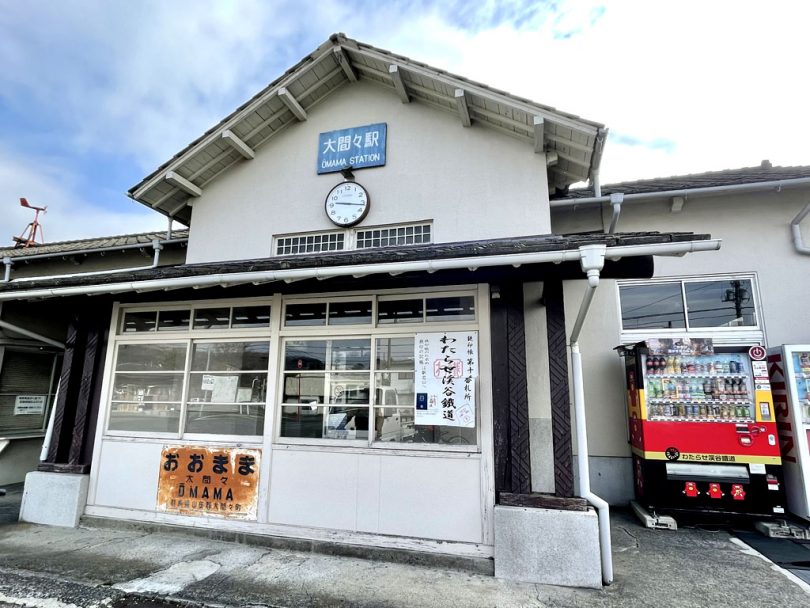

Hanetaki Bridge
About 500m north of Omama Station, Hanetaki Bridge crosses Takatsudo Gorge of the Watarase River.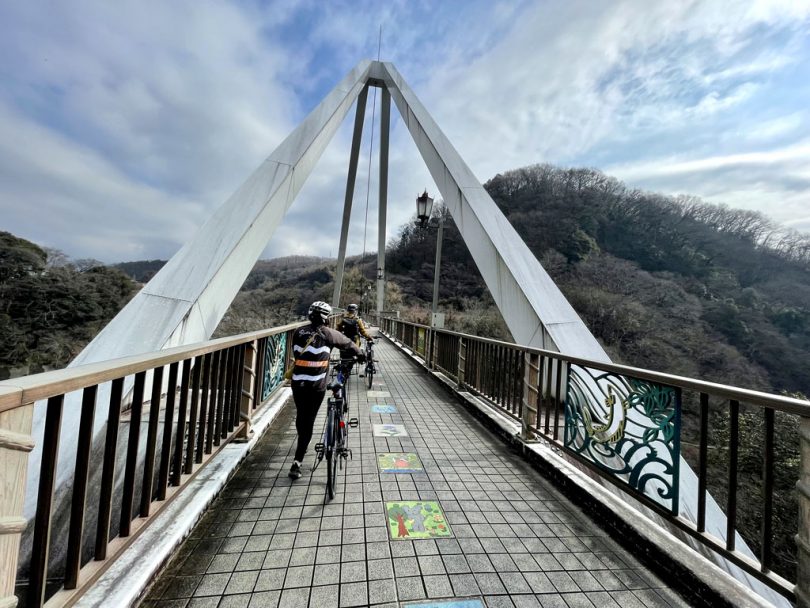

The bridge was named after the waterfall-like appearance of the water jumping off the rocks.
From here, we will head to Kodaira-no-sato Shinsui Koen (Kodaira Village Water Park), about 6km away.
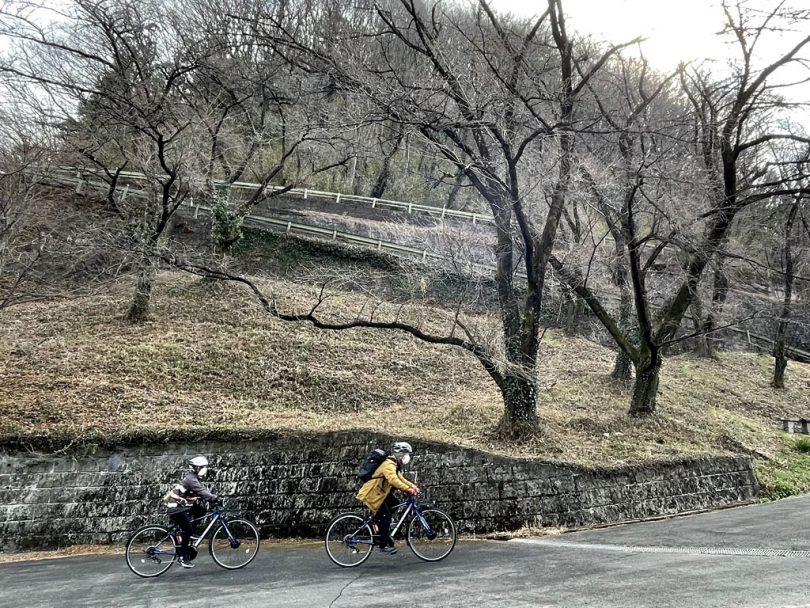
It was a tough uphill from the start. However, if you put the bike in the lightest gear and set the assist to “Power mode,” you can climb the hill surprisingly comfortably.
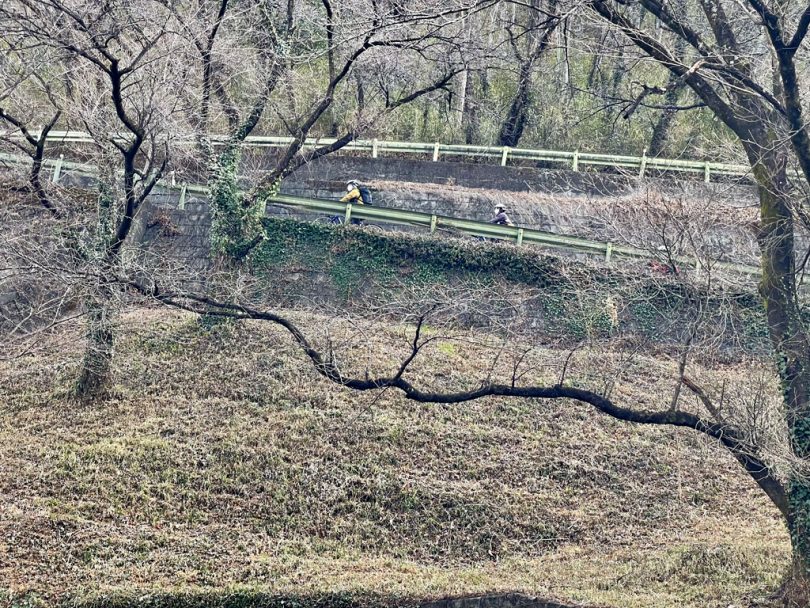
After that, we took it easy in “Eco mode.” After riding through the countryside, you will come to Sugawara Shrine, where you will see a sign that says, “Goshuin available.” (“Goshuin” is a red ink stamp of shrines or temples in Japan.)
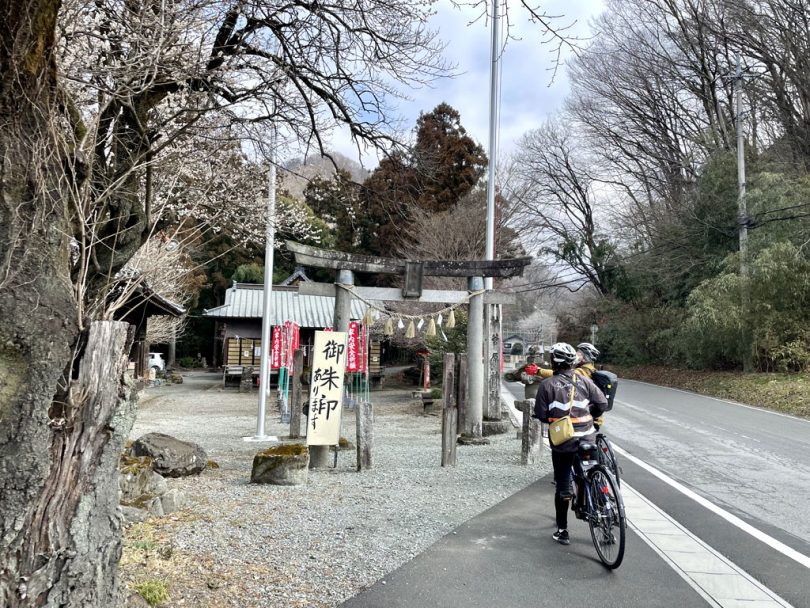


From here, Kodaira Village is only about 2km away.

Kodaira Village

The river at Kodaira Village Water Park is shallow and flows gently. The slides and playground equipment on the spacious lawn are very popular with children.
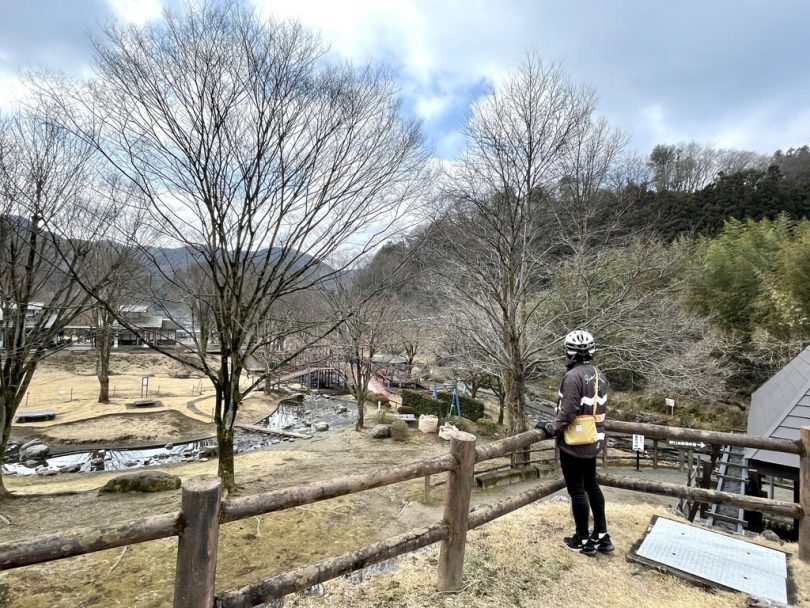
“Noguchi Water Mill Hut” within the facility is where the water mill, which was used to drive rice milling for about 45 years from the Meiji period to the Showa period, is stored and still in operation.
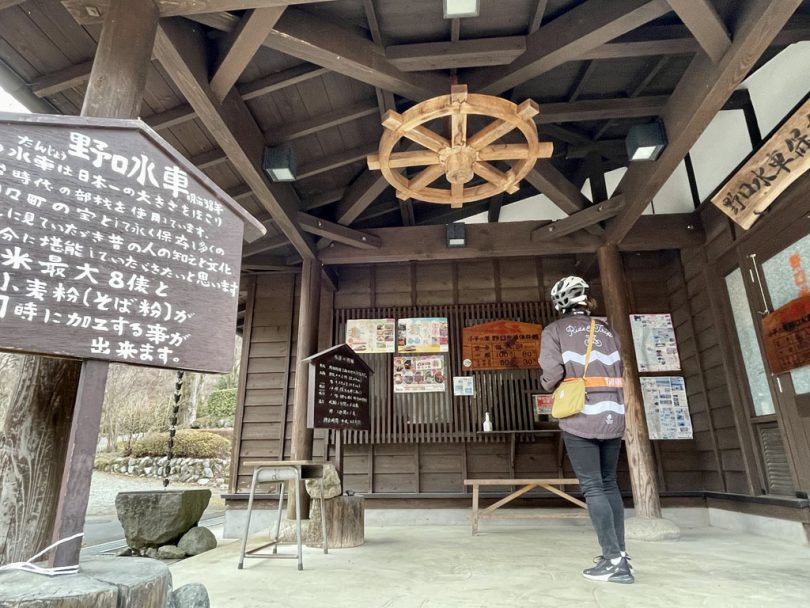
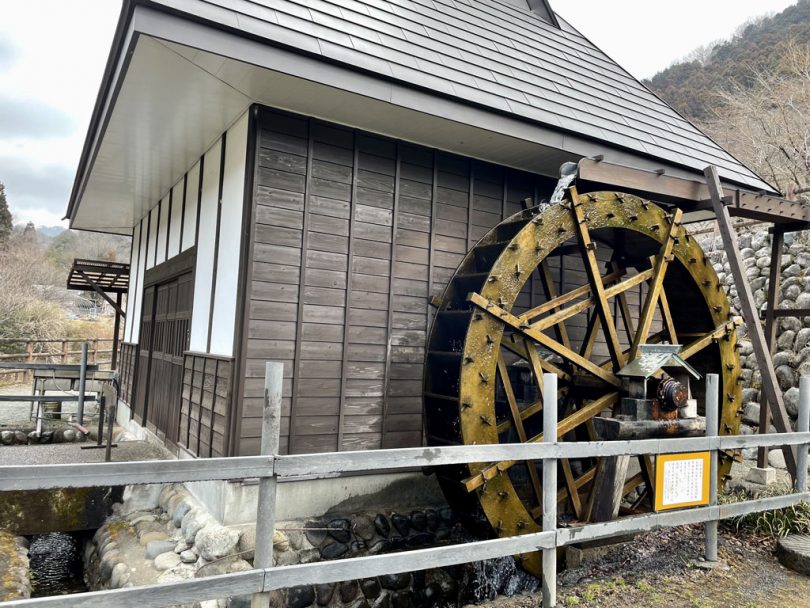
For lunch, we went to “Kodaira Village Mamianatei,” a farmhouse restaurant near the park.
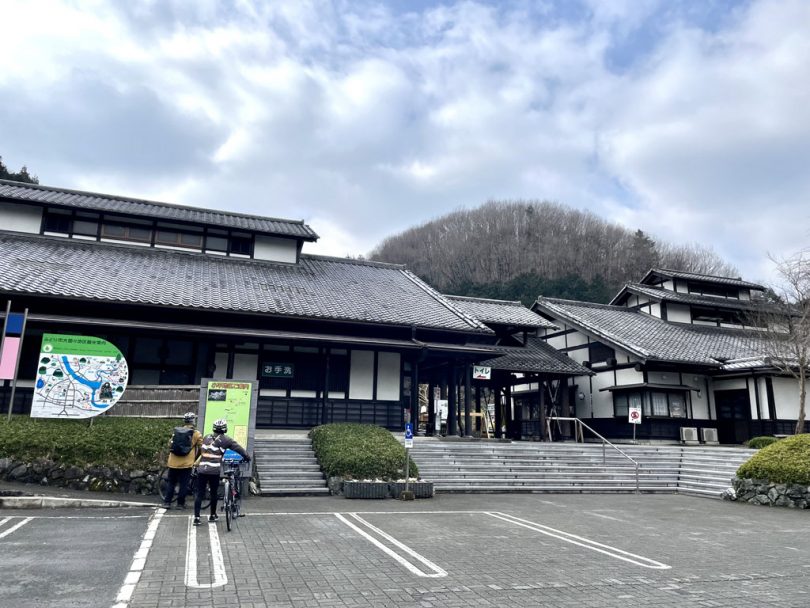
Before lunch, take a break with a sweet “deep-fried manju.”
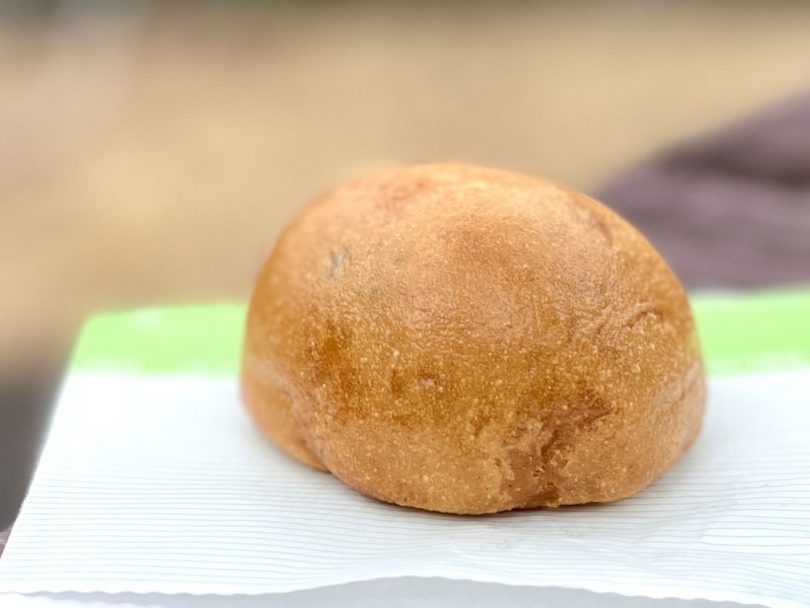
We then went to the limestone cave on the premises.
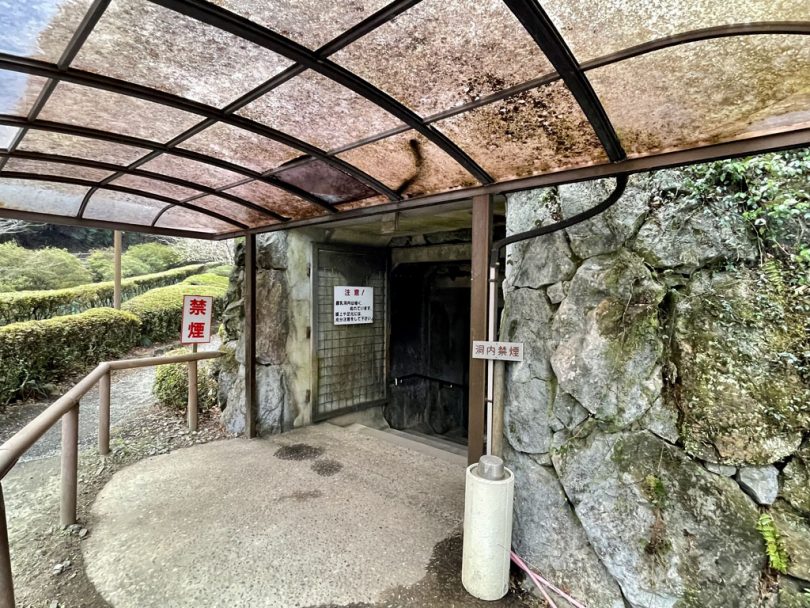

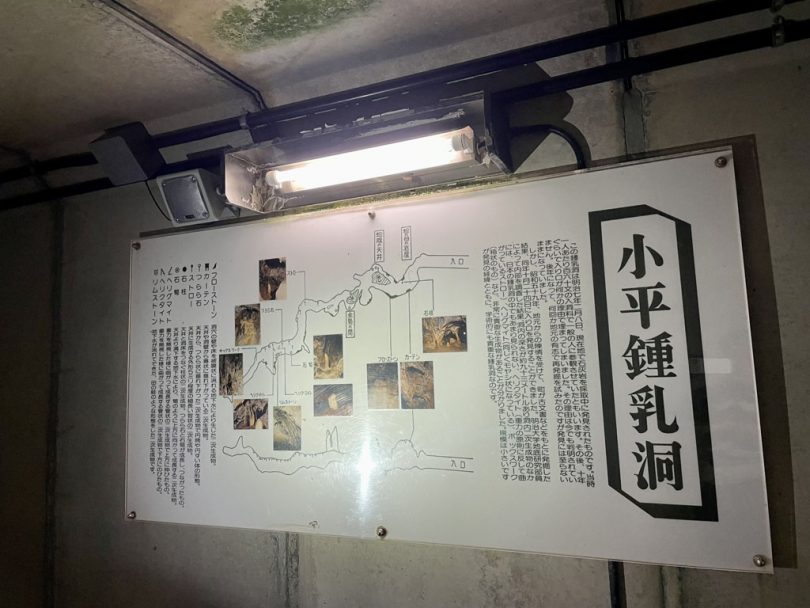
Lunch was “Mamianatei Udon Noodles.”
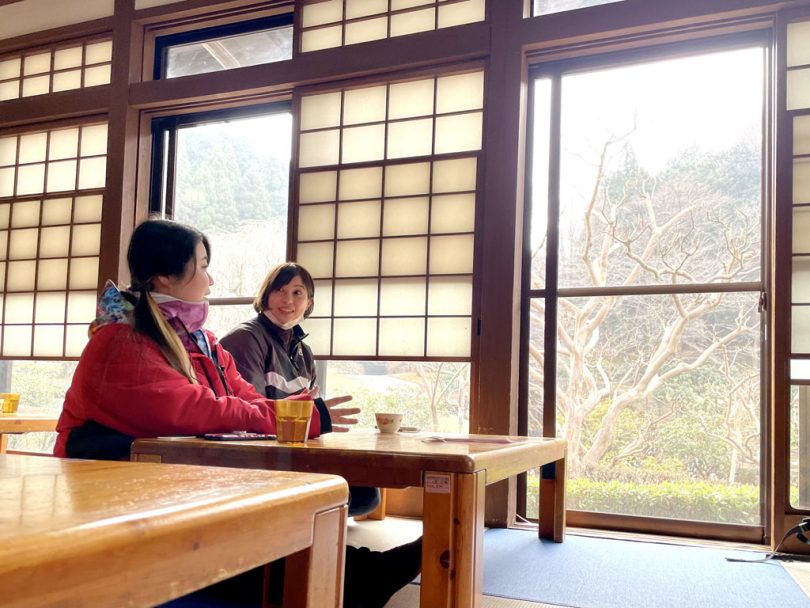

All soba and udon noodles here are handmade.
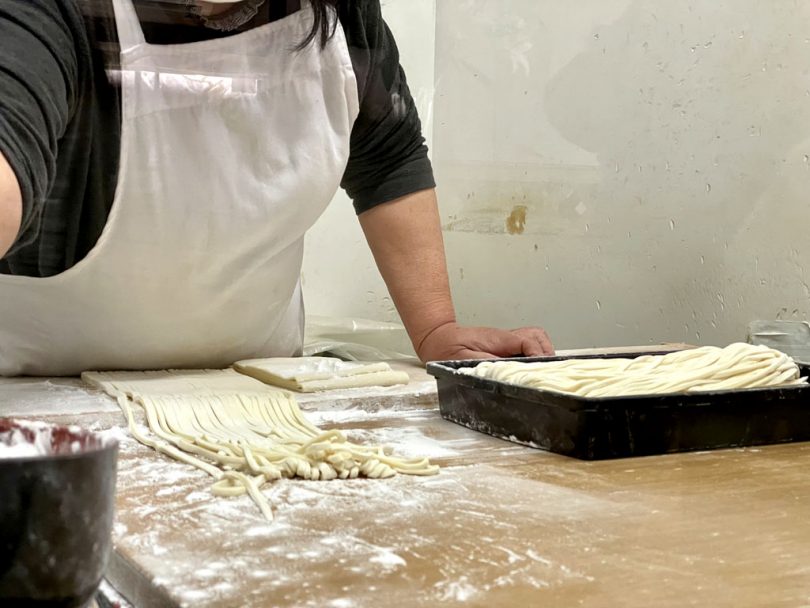
Saito Sake Shop and Oka Naosaburo Store
After lunch, head down Kodaira River. After joining Watarase River and crossing a bridge, you will find Saito Sake Shop (alcohol-selling store), which has a good old-fashioned atmosphere.
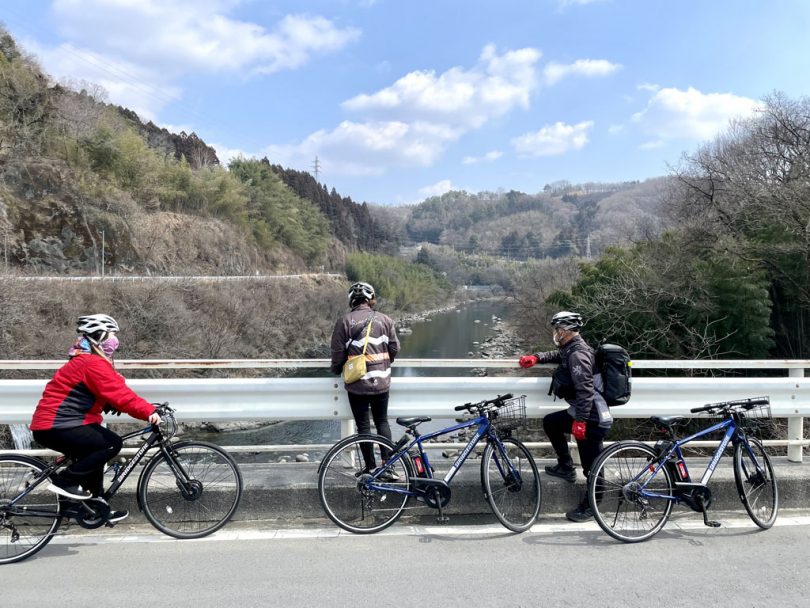

Lined with vending machines, this is an essential hydration spot during the hot season.

Cross Watarase Gorge Railway crossing and enter the town of Omama.

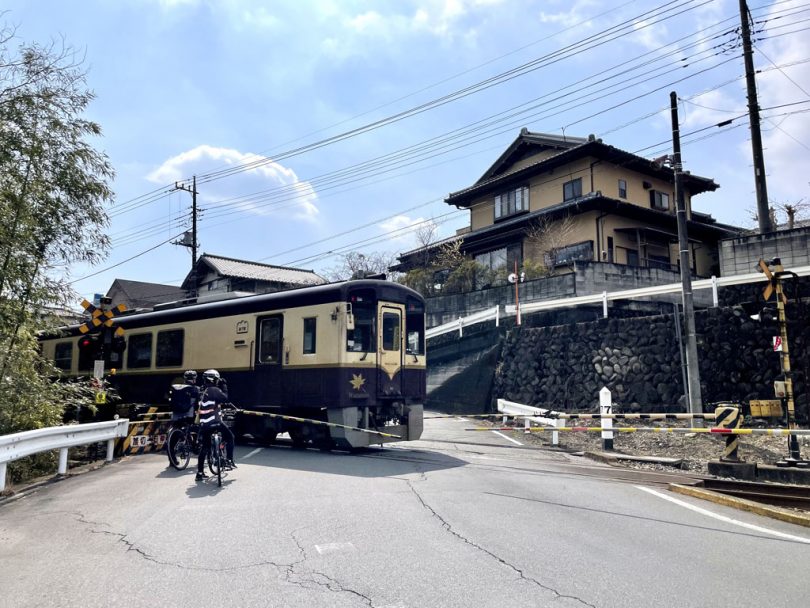
Oka Naosaburo Store, a soy sauce store, stands on a street lined with nostalgic buildings.
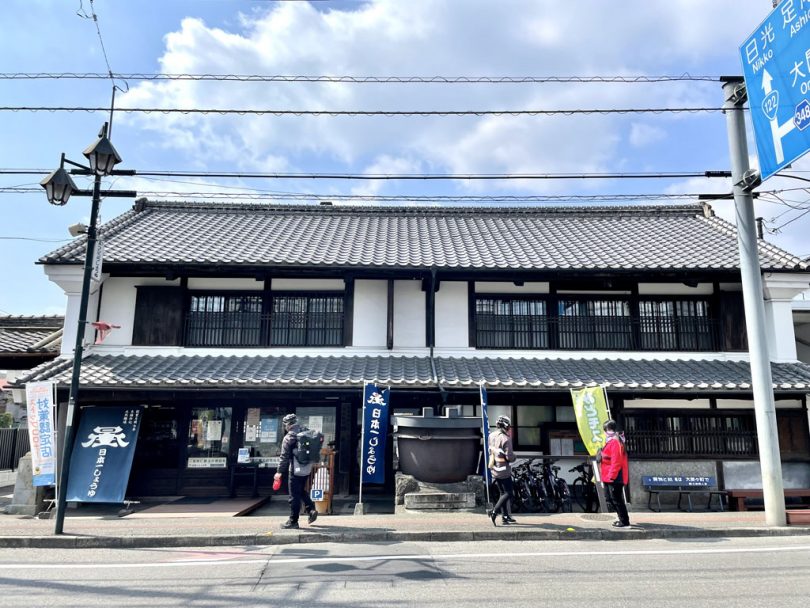

Oka Naosaburo Store was founded in 1787. The brewery, which has been in business for over 200 years, continues to make soy sauce in wooden vats as in the olden days.
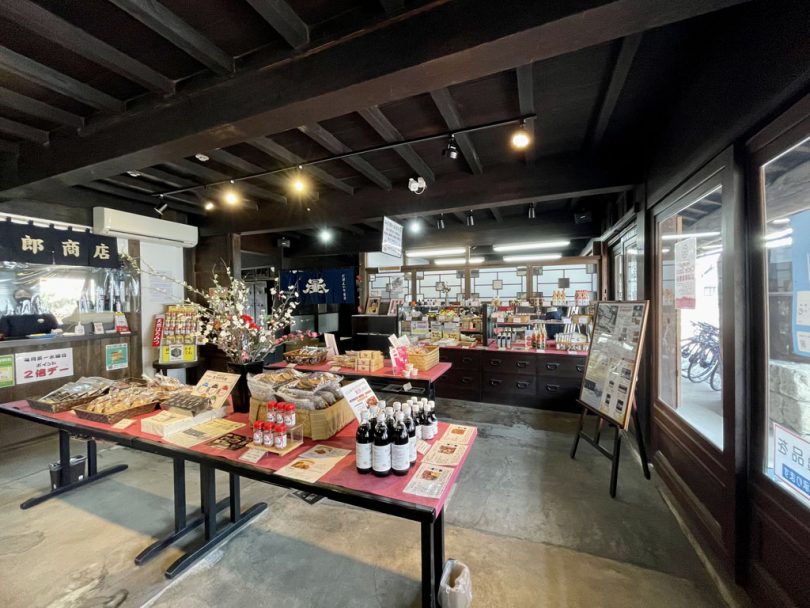
From here it is 1km to the goal, Akagi Station. At the store, we enjoyed the popular “soy sauce soft serve ice cream” while looking up at the tall chimneys against the blue sky.
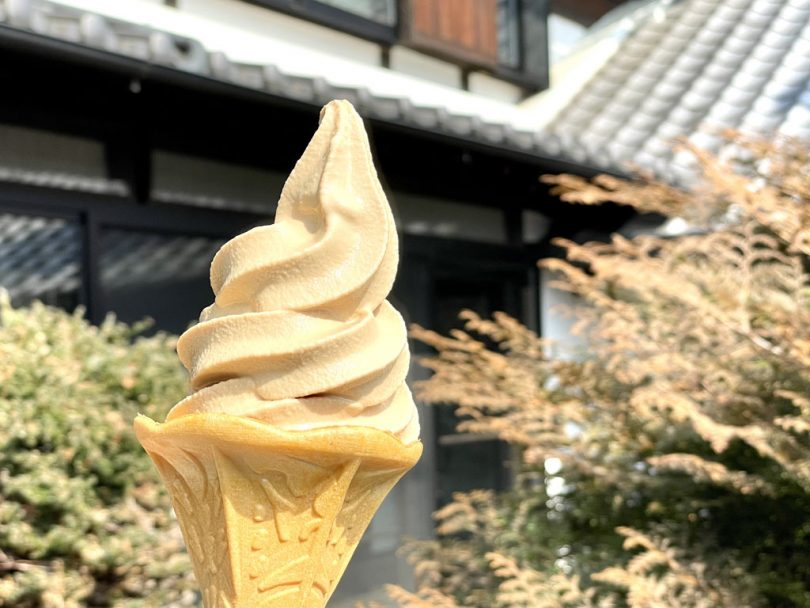
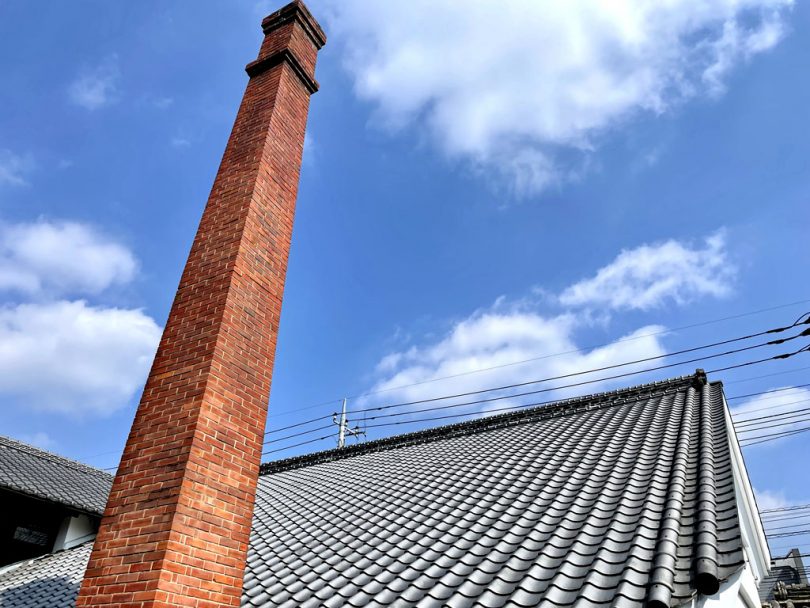
Akagi Station is about 1km away. After cycling, take the cycle train back to Chuo-Maebashi Station.
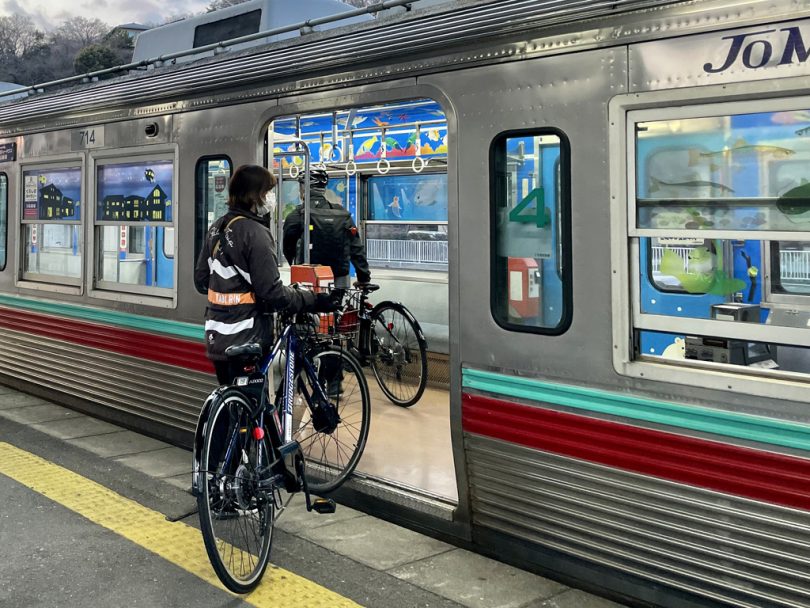
Course Introduction
Summary
“Agaki Cogbe” is easy to rent an e-bike with your smartphone. It was my first e-bike experience, but it was fun (and easy!) to ride up a very steep hill.
The battery is equipped with “automatic recharging while riding”, so it was only 20-25% depleted after 15km of cycling.
Jomo Electric Railway Cycle Train allows you to take that e-bike on the train, which is an easy and fun “travel plus bike” element.
Starting cycling from Akagi Station, you can experience the power of the e-bike in scenic valleys and on hilly roads.
Ride through the countryside and enjoy gourmet food and the good old town atmosphere.
Even if you don’t have a bicycle, you can fully enjoy the charm of a “bicycle trip” in the Akagi area.
Although it is possible to take a day trip from Tokyo, we recommend staying overnight and traveling to other areas.
Advertiser: NPO Akagi Nature School (Tourism Area Development Corporation registered in Japan Tourism Agency)
Texts and Photos: HANADA (TABIRIN Editorial Department)



